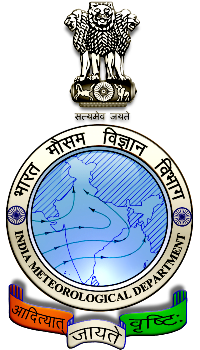India has Received More than Normal Rainfall So Far: IMD
The India Meteorological Department (IMD) has reported that rainfall has been more than normal in the country so far this year and it has been around 6% more than the normally perceived rainfall in the country during this time.
The more than normal rainfall has been observed in the south peninsula, central India and east and northeast India divisions. But the northwest India division covering Jammu and Kashmir, Ladakh, Himachal Pradesh, Uttar Pradesh, Uttarakhand, Haryana, Punjab, Delhi and Rajasthan, has recorded deficiency of 19% in these months. However, the IMD is confident that the rainfall will pick up in these parts in the coming days.
Isolated heavy rains are also expected in Assam and Meghalaya in the coming few days and in Bihar within the next 24 hours. Delhi has received heavy rains on July 19 and with that, the city is now in the surplus category with respect to the total amount of rainfall by more than 8% of the normal amount. In Uttar Pradesh also, light to moderate rains accompanied with thunderstorm took place at a few places on July 20. It is expected that the overall deficiency in the UP will not remain in the coming few days.
IMD has also predicted heavy to very heavy rainfall at isolated places over UP along with thundershower. Himachal Pradesh, another state with deficiency, has also received moderate rainfall in the last 24 hours and is expected to overcome the deficiency very soon in terms of overall rainfall.
India Meteorological Department
It is an agency of the Ministry of Earth Sciences in the Government of India. This agency is the principal organization in the country responsible for meteorological observations, weather forecasting and seismology related observations. It is based in New Delhi and operates through a number of weather stations situated in various parts of the country. The regional offices of the IMD are situated at Mumbai, Kolkata, Nagpur and Pune. It is also one of the specified regional organizations of the World Meteorological Organization.
Month: Current Affairs - July, 2020


